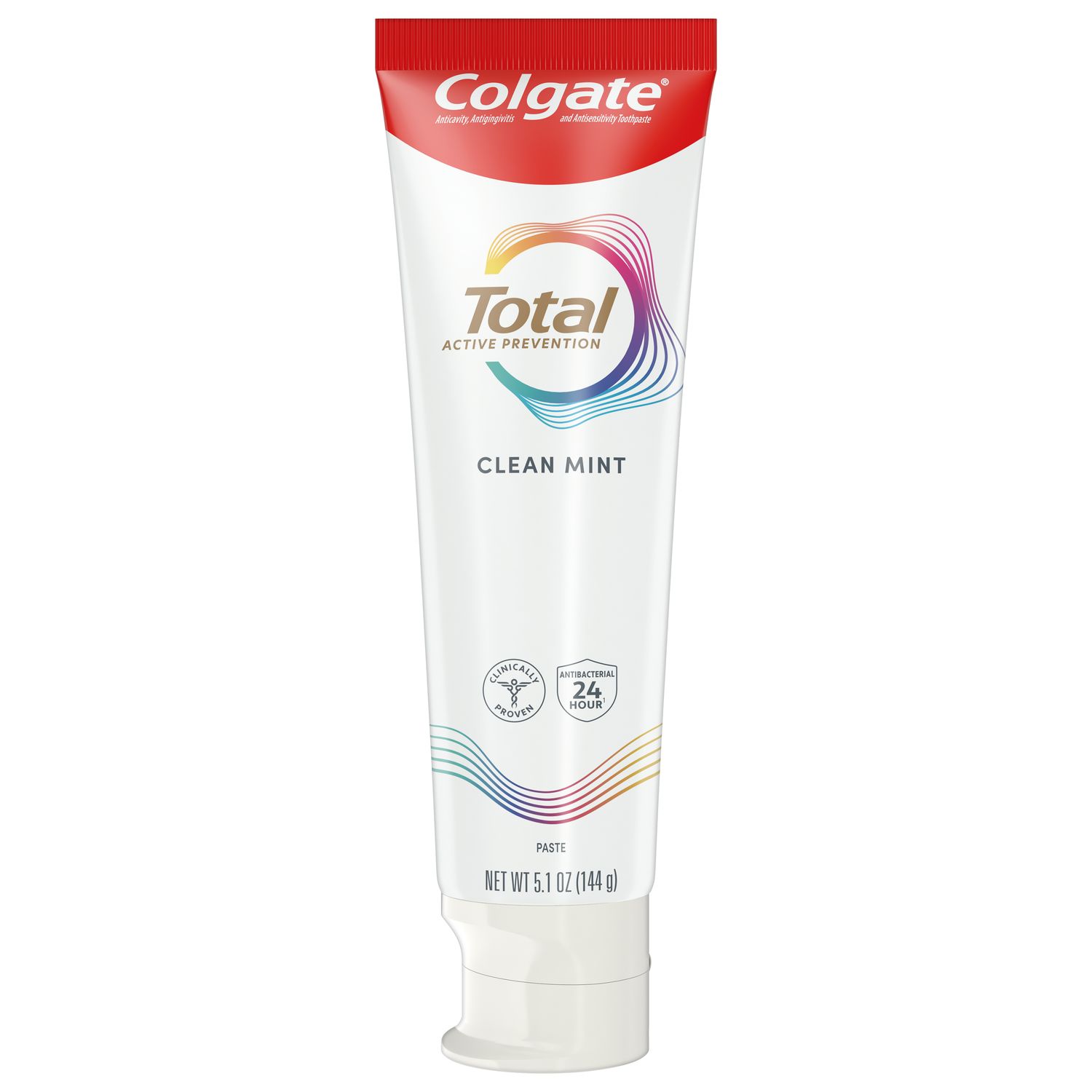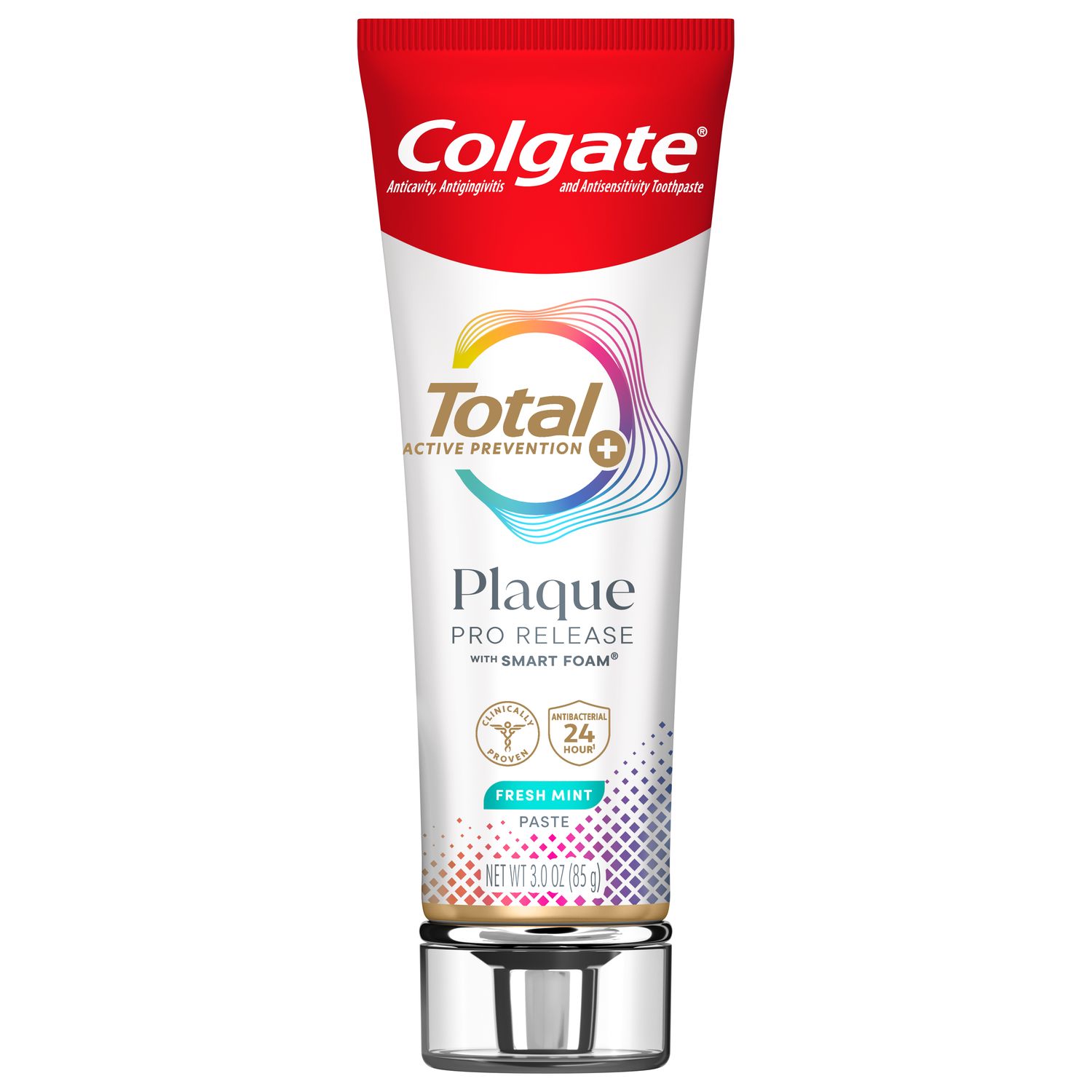
If you're ready to purchase a pair of loupes, a guide to the types available and important specifications can help you choose the best pair for your work.
I have worn loupes since I was a dental hygiene student, and buying a pair was one of the best decisions I've ever made. Loupes have given me the ability to see better and have protected my body from poor posture. If you're ready to purchase a pair of loupes, a guide to the types available and important specifications can help you choose the best pair for your work.
3 Types of Dental Hygiene Loupes
- Flip-up lens loupes allow you to adjust the angle to accommodate a standing or sitting position, according to RDH Magazine. Flip-up lenses can be removed to allow for a clear view of the operatory while working. They often feature standard loupes mounted on a bar with a hinge attached to the frame. Although they have tended to be heavier than others, very light flip-up lens loupes are now also available.
- Through-the-lens (TTL) loupes are positioned closer to the clinician's eyes and provide a larger field of view. Unlike flip-up lenses, TTLs are fixed, which prevents the need to make constant adjustments. If you have prescription glasses, your prescription can be added to the loupes and changed later if necessary (often for an additional fee).
- Through-the-flip (TTF) loupes combine the through-the-lens and flip-up designs. They are most often used in dental specialties since they can accommodate interchangeable inserts for prescriptions or laser filters.
5 Important Terms
Once you've determined which kind of loupes is best suited to your vision and working habits, you should familiarize yourself with a few key specifications: working distance, depth of field, field of view, magnification and declination angle.
- The working distance refers to the number of inches between the clinician's eyes and the patient's mouth. This measurement should be taken with you seated as you normally would be while working. As the working distance increases, so does the field of view.
- The depth of field is the range of distance at which this area remains in focus through a lens. A larger depth of field will allow you to see deeper into the oral cavity without having to re-position and potentially compromise your posture.
- The field of view and magnification power together determine the size of the area visible and in focus through the loupes — the higher the magnification, the smaller the field of view. 2.5x and 3.0x magnification are common for dental hygienists. 2.5x magnification is recommended for first-time loupes users, since it is easier to adjust to.
- The declination angle is what allows you to keep your head in as close to a neutral position as possible, notes Dental Products Report. This measurement of the angle your eyes downward toward your patient is extremely important for preventing neck pain. Make sure the declination angle is steep enough to allow you to work with your head posture as close to neutral as possible, with just a slight forward head posture.
If you decide on TTL loupes, you will also need to have your pupillary distance measured. This is the distance between the center of your pupils.
Headlights
Is a headlight attached to your loupes worth it? Yes! Using a headlight allows for intense focal illumination and eliminates shadowing. It also indirectly reduces shoulder fatigue by eliminating the need to reach up and adjust an overhead lamp. Most companies offer discounts if a light is purchased with loupes, but make sure to ask about the warranty period on all components.
Light intensity can differ between products, so be sure to do your homework in choosing what is right for you. Headlights can be corded or cordless. Corded models tether a clinician to a battery pack but offer more light adjustment. Cordless models tradionally store batteries attached to the arm of the frame adjacent to the ear. Models are now also available with the battery housed within the arm of the frame, as well as threaded in to the headlight itself. When considering loupes, check on the length of time for the battery life before it needs to be recharged. Battery replacement can be expensive, so it is important to ask questions about the batteries prior to purchase.
Company Representatives
Dental conventions are a good way to investigate different options for dental hygiene loupes. Company representatives and booths are also a great resource for questions about warranties, payment plans, discounts and customization.
Once you have seen and touched the loupes you're most interested in, ask a sales representative at the convention to set up a time to come to measure you at work. The most accurate loupes measurements are taken at your operatory. If you are measured at a dental convention, the loupes may need to be sent back to the company for adjustments.
Takeaways
- Don't let the cost stop you from buying loupes. Look for discounts for students if you are one, or during dental conventions, and consider a payment plan.
- Ask about the warranty and if it covers each part (lens, frame, telescope, battery, light, light cord and charger).
- Many companies offer 30- to 90-day trials to make sure you love your new pair of loupes.
Why It's Important
Understanding the types of loupes and the terminology before you start shopping for loupes can help you focus on what you're looking for. It is never too early or late in your career to invest in a quality pair of loupes.
Join us
Get resources, products and helpful information to give your patients a healthier future.
Join us
Get resources, products and helpful information to give your patients a healthier future.













